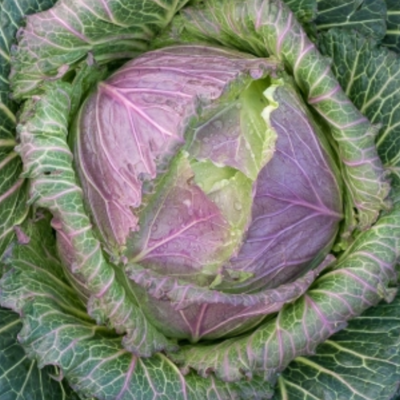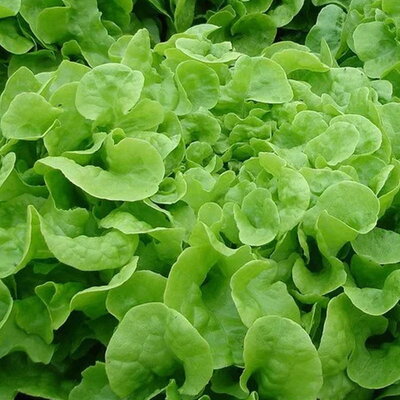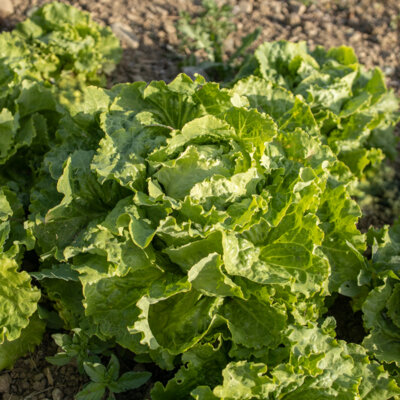
January King - Cabbage of milan
This very old late variety produces large, dense apples with bluish-green, coarsely blistered leaves. They take on pinkish-purple hues when cold, revealing a sweet, delicate flavor.
The variety can withstand temperatures down to -15°C.
These products may also be of interest to you
in the ground, in bucket
Sow in pots under cover. Cover seeds with a thin layer of soil. Transplant when plants have 2 to 3 leaves, at 10 cm intervals, to allow roots to develop before planting. Transplant when plants have 4 to 5 leaves, every 60 cm in rows 60 cm apart, without burying the stem too deeply. For sowing in the open ground, sow lightly in rows 60 cm apart. Thin out to 60 cm along the row.
April, May, June
January, February, March, November, December
in the ground
sunny, semi-shade
medium
humus, limestone, clayey
fees, wet, rich
Brassica oleracea
late
From 500 to 2000 g
200 seeds
farm
Violet, Dark green
40 cm
France
1867
"Vilmorin-Andrieux "Les Plantes Potagères
This very old variety, mentioned in Vilmorin-Andrieux's book Les plantes Potagères (1885), was introduced in 1867. It is also known as "January King" in England.
Cabbage, a green vegetable from the cruciferous family, is rich in vitamin C. It has toning properties, as it contains vitamins B1 for nerve impulse transmission, and vitamins A and E, which are antioxidants. Cabbage is also a source of minerals such as potassium, which keeps us in shape all winter long. Rich in fiber, it helps ease difficult transits.











